BY MARK KAUFMAN Climate 101 is a Mashable series that answers provoking and salient questions about Earth’s warming climate.
The U.S. is getting its first major offshore wind farm. And it’s a big deal.
The Biden administration recently gave the green light for the company, Vineyard Wind, to build 62 colossal wind turbines (over 800 feet tall) off the coast of Massachusetts, creating enough energy to power some 400,000 homes. The project is a significant leap in the nation’s ability to harness powerful winds that blow over the ocean, producing bounties of clean, renewable energy.
“This is an imperative for us,” emphasized Ben Schafer, a civil engineer and director of the Sustainable Energy Institute at Johns Hopkins University. The U.S. has to start somewhere to establish reliable offshore wind in coastal areas where most Americans live and consume energy.
It’s how growth begins. “Scale only happens when you start approving these bigger projects,” Schafer said.
Both land wind farms and those in the ocean must co-exist to help create an energy system that produces carbon-free energy. Yet offshore wind certainly has unique benefits. The ocean doesn’t provide much resistance to wind, like forests and topography can. “The winds are better and faster,” explained Charles Meneveau, a mechanical engineer and wind energy expert at Johns Hopkins University. Offshore wind can also ease potential “land use” issues caused by sprawling wind projects — though wind turbines can operate on farms and earn farmers money, thus not taking up “more land.” “Some studies indicate 40 times more land is required for wind power than natural gas-powered electricity generation, so there is a challenge there eased by locating offshore,” noted Tulane’s Conner.
The reality of large offshore wind farms may be a new development in the U.S., but this doesn’t mean the technology is new or in its early stages. Just the opposite. Offshore wind flourishes “across the pond” off the coasts of Scandinavia, Scotland, and the Netherlands. Engineers know how to harness wind to produce bounties of reliable energy. The Vineyard Wind project, for example, will have massive turbines spaced a mile apart, so turbines “downstream” of others won’t receive any slowed or disrupted winds. What’s more, the turbines are huge for a reason: Larger wind turbines can harness more wind, and doubling the wind (from, say, 10 to 20 mph) results in eight times more power. “Doubling the velocity gets you eight times more power,” said Meneveau. “That’s why those turbines are getting bigger and taller.”
Today, wind energy provides around 8.4 percent of energy in the U.S. By 2030, boosted by offshore wind projects, that number could swell.
“We are building towards a major infrastructure change,” said Meneveau. “It points to a future where many of these could exist.”
The full article, Why the first big U.S. ocean wind farm is a big deal, can be found on Mashable.












